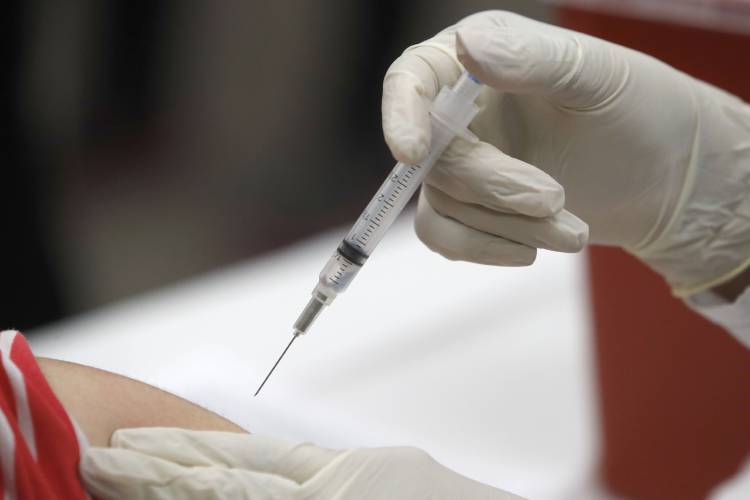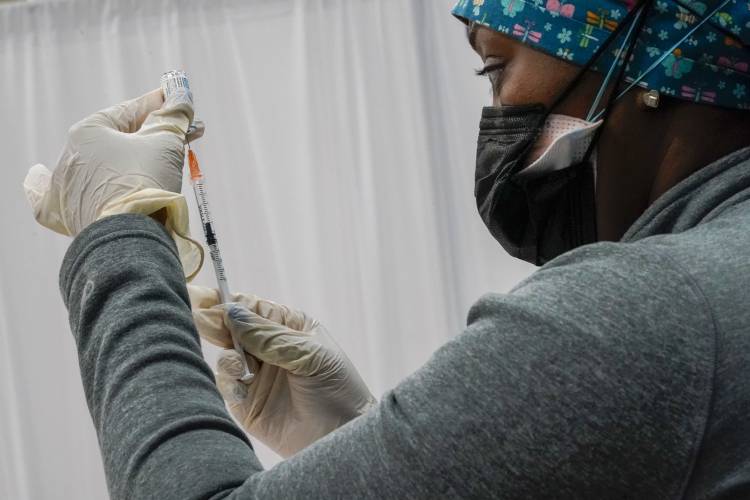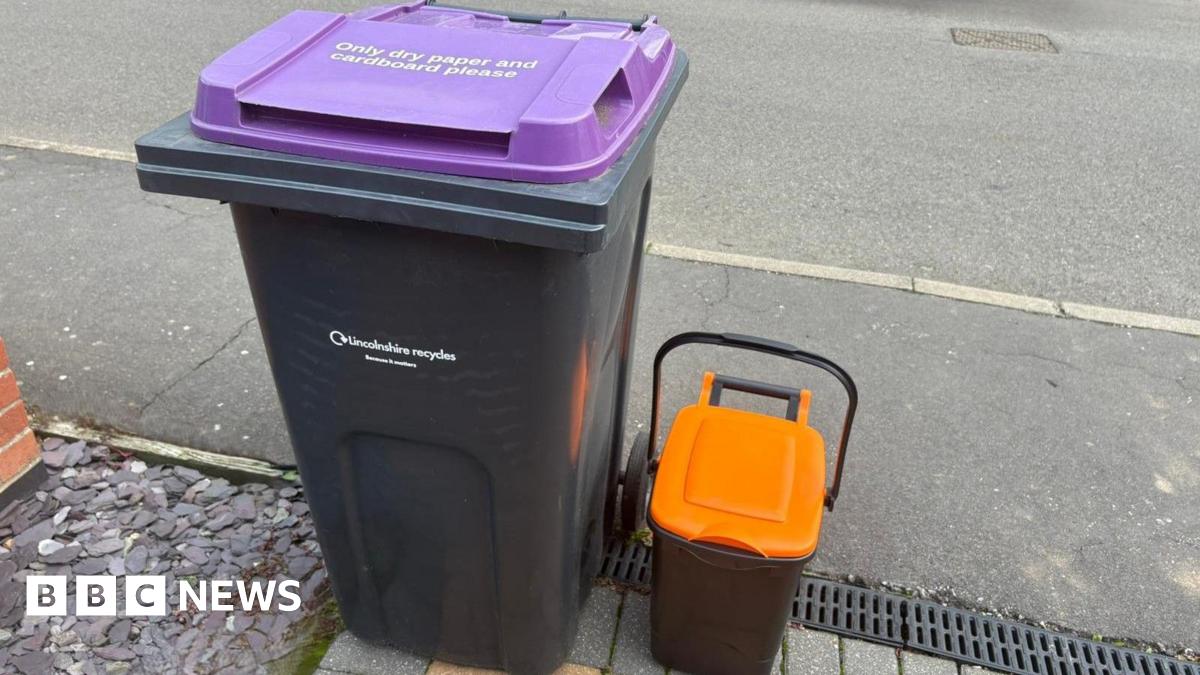Ukraine battled Sunday to restore power to tens of thousands of people left without heating in bitterly cold temperatures after a week of intense Russian attacks that have brought the country’s energy…
Blog
-
DPM leaves for Pakistan after attending OIC CFM session in Jeddah – RADIO PAKISTAN
- DPM leaves for Pakistan after attending OIC CFM session in Jeddah RADIO PAKISTAN
- FM Dar to head to Saudi Arabia for extraordinary meeting of OIC Council of Foreign Ministers Dawn
- DPM arrives in Jeddah The Nation (Pakistan )
- Dar discusses ties…
Continue Reading
-

Evidence shows benefit of RSV vaccines as Trump officials push restrictions | US politics
As US officials move to restrict vaccines, including the shots to prevent respiratory syncytial virus (RSV), more evidence is emerging to confirm how dramatically the jabs reduce hospitalizations.
Announced last week as part of new restrictions on…
Continue Reading
-
How Shark DNA Preserves Razor-Sharp Eyesight Over Hundreds of Years – A-Z Animals
- How Shark DNA Preserves Razor-Sharp Eyesight Over Hundreds of Years A-Z Animals
- The visual system of the longest-living vertebrate, the Greenland shark Nature
- It’s 7 metres long, can weigh almost a tonne and can live for 400 years or more –…
Continue Reading
-

I visited the largest collection of public telescopes in the US in Oregon’s high desert, and the dark skies blew me away
SUNRIVER, Oregon — Perfectly perched amid an expansive plateau of sagebrush, Ponderosa pines, and juniper trees in Central Oregon’s High Desert, the Sunriver Nature Center and Observatory offers exceptional vantage points to observe all…
Continue Reading
-

What to know about this year’s flu season in New Hampshire
Influenza cases are on a significant rise across the Granite State.
Since mid-December, there have been exponential week-over-week increases in influenza-like illness and acute respiratory illness, with flu activity spreading…
Continue Reading
-

Avian flu (bird flu): near Penicuik, Scottish Borders (AIV 2026/04) – The Scottish Government
- Avian flu (bird flu): near Penicuik, Scottish Borders (AIV 2026/04) The Scottish Government
- Hong Kong suspends importation of chicken and eggs from Perth due to bird flu STV News
- Poultry farm chickens to be culled over bird flu in Newark BBC
- Bird…
Continue Reading
-

New Hampshire vaccine laws unchanged despite CDC cuts
New Hampshire’s long-established requirements on vaccines needed to attend public school have not been altered despite recent cutbacks in federal guidelines announced by Robert Kennedy Jr., but several proposed bills in Concord…
Continue Reading
-

Lincolnshire food waste collections to be rolled out in county
Residents will also be provided with an initial roll of caddy liners to help them get started, the council said.
Waste such as plate scrapings, peelings, tea bags, coffee grounds and other items can be placed in the liner, tied up, and transferred to the outdoor caddy for the weekly collection.
Collected food waste will then be sent to a specialist anaerobic digestion facility, where it will be converted into renewable energy and nutrient-rich fertiliser, helping to support local farming and power homes and businesses.
The council’s cabinet member for environment and waste, Councillor Rhys Baker, said: “Many residents are already enthusiastic recyclers and I am sure they will embrace this new system to see where it can take us.
“This is a simple change with a powerful impact. Together, we can reduce waste, generate clean energy, and make Lincolnshire greener for generations to come.”
East Lindsey, Boston and South Holland are expected to roll out their own food waste collection service in the autumn.
Continue Reading
-
Trump Firm Sharpens Saudi Property Focus as Prince Opens Market – Bloomberg.com
- Trump Firm Sharpens Saudi Property Focus as Prince Opens Market Bloomberg.com
- Trump Organization deepens Gulf push with $10bn in Saudi projects Financial Times
- Dar Global and Trump Organisation launch luxury project in Riyadh’s Diriyah MSN
- Dar Global and Trump Organization launch $10 billion Saudi developments By Reuters Investing.com
Continue Reading
